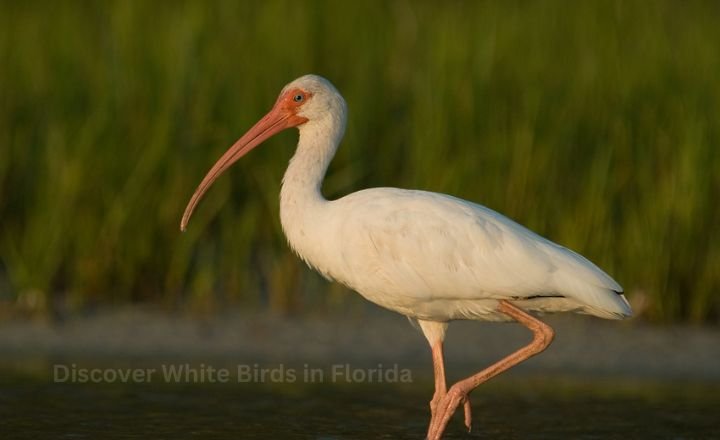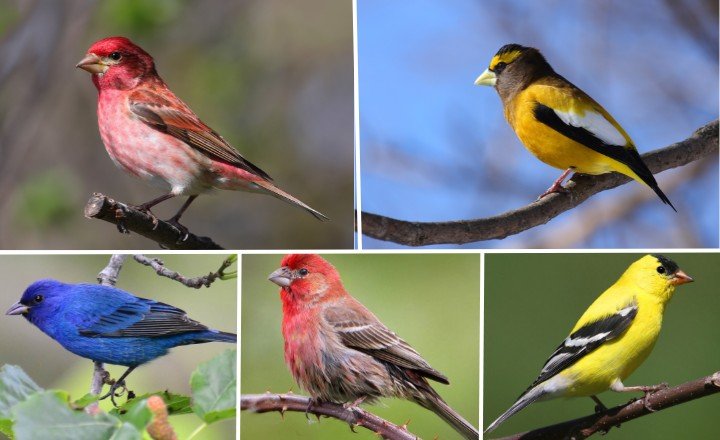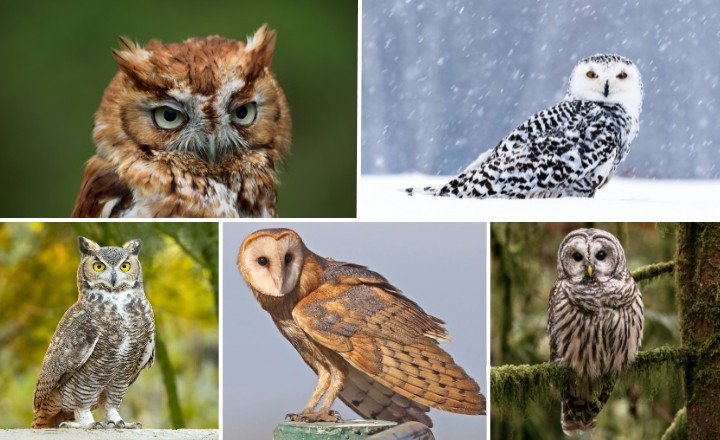Discover White Birds in Florida
As a bird watching enthusiast, I often find solace in the vibrant ecosystems of Florida, where the air is alive with the calls of feathered friends. Among these avian wonders, white birds in Florida captivate my attention like shimmering pearls against the backdrop of sun-drenched skies and lush wetlands. Whether they’re soaring gracefully above tidal marshes or wading silently through tranquil waters, these elegant creatures embody grace and beauty. Each encounter feels like unearthing a hidden treasure that transforms a routine outing into an exhilarating adventure.
In this article, I invite you to embark on a journey through Florida’s diverse habitats as we discover ten stunning white birds that grace our shores and skies. From the majestic Great Egret to the charming Snowy Egret, each species offers its own unique charm and story worth telling. So grab your binoculars and get ready to explore; each sighting promises not only joy but also an opportunity to connect with nature in its purest form!
Key Takeaways:
- Florida boasts diverse habitats that support a variety of white bird species.
- Observing these birds provides insights into ecological balance and biodiversity.
- The American White Pelican exemplifies how birds can impact local ecosystems positively.
- White birds are often indicators of environmental health and vitality.
- Their presence encourages initiatives aimed at conservation and habitat protection.
- Engaging with nature through birdwatching promotes awareness about Florida’s wildlife challenges.
- Each species exhibits unique characteristics that contribute to its ecological niche.
Here we’ll explore 10 Beautiful White Birds That are Found in Florida!!
Wood Stork
Wood stork, with its striking white plumage and defined silhouette, is a captivating sight against Florida’s lush wetlands. Often mistaken for other wading birds, the wood stork stands out due to its unique combination of size and grace. With a wingspan reaching nearly five feet, these elegant birds glide effortlessly through the air, seemingly choreographed by the gentle breezes that sweep across their habitats. Observing them during their breeding season reveals a fascinating behavior: as they build large communal nests in tall trees near water bodies, it’s hard not to be entranced by their meticulous craftsmanship.

| Wood Stork | |
| Scientific Name: | Mycteria americana |
| Habitat: | Swamps, wetlands, and marshes throughout thesoutheastern United States, and South America. |
| Diet: | Primarily fish, but may also consume crustaceans,insects, reptiles, and amphibians. |
| Appearance: | Large bird with a distinctive bare head and neck, black flight feathers, and a long, curved bill. White feathers cover much of the bird’s body. |
White Ibis
White Ibis, with its striking white plumage and curved bill, embodies the enchanting spirit of Florida’s wetlands. These social birds often gather in large flocks, creating a spectacle as they forage together for crustaceans and small fish along the shallows. Observing them in flight is a breathtaking experience; their wings glide gracefully against the backdrop of blue skies, painting beautiful patterns over Florida’s marshes.

| Breeding Season | Foraging Habits | Habitat Preferences |
| White ibises breed during the winterand early spring, with both parentstaking turns incubating the eggs. | These birds use their long, curvedbeaks to probe the shallow watersand mud for prey, primarilycrustaceans and insects. | White ibises prefer marshy areas,wetlands, and shallow waters,where they can wade and forage. |
Beyond their physical beauty, White Ibises play a vital role in maintaining the ecological balance of their habitats. As scavengers, they help control insect populations and contribute to nutrient cycling within wetland ecosystems. Their communal living not only highlights their social nature but also serves as an elegant reminder of how interconnected life is in these vibrant environments, where every bird contributes to nature’s delicate tapestry.
Great Egret, Snowy Egret, and Cattle Egret
Florida’s wetlands are a vibrant stage for three stunning white birds: the Great Egret, Snowy Egret, and Cattle Egret. The Great Egret stands tall with an elegant grace, showcasing a long neck and striking yellow bill as it stalks through marshes. Often seen performing a delicate ballet of patience, it embodies tranquility as it waits for fish to wander too close. In contrast, the Snowy Egret captivates observers with its lively personality; its black legs and bright yellow feet make it a masterful hunter in both daylight and dusk.
Then there’s the Cattle Egret, a more frequent visitor around ranches than typical wetlands. This bird has posed an interesting ecological narrative: it thrives on insects stirred up by grazing livestock, beautifully illustrating the symbiotic relationships within Florida’s ecosystem. While often overshadowed by its taller cousins, the Cattle Egrets adaptability highlights nature’s resilience; even amidst changing landscapes and agricultural encroachment, these egrets remind us of their vital role within diverse environments.
Where to find them in Florida’s diverse ecosystems
The Great Egret and Snowy Egret can be found in a wide range of Florida’s ecosystems, including marshes, ponds, and estuaries. The Cattle Egret can be found in similar areas, as well as more open fields and pastures alongside livestock.
| Egret Species | Distinct Characteristics | Habitats |
| Great Egret | Large with a distinctive yellow bill and black feet | Marshes, ponds, estuaries |
| Snowy Egret | Smaller with a black bill, yellow feet, and ‘golden slippers’ | Marshes, ponds, estuaries |
| Cattle Egret | Distinctive yellow crown and white plumes | Fields, pastures, and marshes |
Little Blue Heron (Juvenile)
The Little Blue Heron, particularly in its juvenile phase, offers a fascinating glimpse into avian adaptation and survival in Florida’s diverse wetlands. Unlike their adult counterparts, which boast vibrant blue plumage, young herons are cloaked in shades of white and pale gray. This stark coloration is not merely for show; it serves as an essential camouflage against predators while they navigate the complex ecosystems of marshes and tidal flats.

| Common Name: | Little Blue Heron |
| Scientific Name: | Egretta caerulea |
| White Morph: | White feathers with occasional grey-blue coloration on the wings and tail |
| Adult: | Rich purple-blue plumage with a maroon neck and black flight feathers |
| Habitat: | Marshes, swamps, and shallow wetlands |
| Range: | North, Central, and South America |
| Diet: | Fish, frogs, crabs, and other aquatic creatures |
American White Pelican
In the shimmering waters of Florida, American White Pelicans stand as magnificent symbols of nature’s elegance. These large birds contrast strikingly against the azure sky and lush landscapes, drawing admiration from avid bird watchers and casual observers alike. Their expansive wingspans can reach up to nine feet, showcasing a breathtaking display during their graceful take-offs and landings. What makes these pelicans particularly captivating is not just their size but their unique communal feeding strategy that reflects an almost choreographed harmony in motion; they often work in tandem to herd fish into shallow waters before scooping them up with their large bills.
Snow Goose and Ross’s Goose
In the vast, sun-kissed landscapes of Florida, where palm trees sway and citrus groves thrive, a striking anomaly graces the skies during migration: the snow goose and its smaller counterpart, Ross’s goose. These white-winged wanderers stand out against the backdrop of lush greenery and azure waters, drawing birdwatchers into their fascinating world. As they descend upon wetlands and marshes, flocks transform the serene environment into a lively tableau of honks and rustling feathers.

The adaptability of these geese speaks volumes about their resilience. Unlike many migratory birds that follow strict pathways, snow geese often adjust their routes based on environmental changes or food availability exploring new territories in search of sustenance. Their presence in Florida not only offers an enchanting spectacle but also serves as a reminder of nature’s unpredictable rhythms. In observing these elegant creatures up close, one gains insight into broader ecological dynamics while experiencing a sense of unity with wildlife that is fleeting yet profound.
Great Blue Heron and Great White Heron
In the lush wetlands and shimmering shorelines of Florida, two magnificent avian residents capture the imagination with their striking presence: the Great Blue Heron and its less common counterpart, the Great White Heron. While both species share a similar elegance in flight and grace on land, their stark color differences reveal fascinating adaptations to their respective environments. The Great Blue Heron, with its slate-blue plumage and long neck, can be spotted stalking prey in shallow waters, employing stealth that mirrors a martial artist’s poise before striking. Meanwhile, the rare Great White Heron dazzles bird watchers with its snow-white feathers, a stunning camouflage against bright sunlit marshes where it hunts for fish.
Birds of Florida Keys
The Florida Keys serve as a vibrant tapestry of biodiversity, showcasing an extraordinary array of bird species that thrive in this subtropical paradise. Among the most iconic avian residents are the roseate spoonbills, whose striking pink plumage and unique feeding habits captivate birdwatchers and casual observers alike.
| Bird Species | Feature | Habitat Preference |
| Great Egret | Graceful wading bird | Shallow waters and mangroves |
| Cattle Egret | Small white bird | Fields and wetlands |
| Great White Heron | Largest heron in North America | Coastal habitats |
| Snowy Plover | Small shorebird | Sparse vegetation and sandy beaches |
| Little Blue Heron (white morph) | Distinct black flight feathers | Tidal pools, beaches, and mangroves |
Wading Birds in Southwest Florida
Wading birds in Southwest Florida embody the region’s rich ecosystem, showcasing a mesmerizing dance of grace and adaptability. These elegant avian residents, from the stately great blue herons to the petite black-necked stilts, thrive in diverse wetland habitats that range from mangroves to freshwater marshes. Their long legs allow them to effortlessly navigate shallow waters as they forage for fish, crustaceans, and insects, playing a crucial role in maintaining ecological balance.

| White bird species found in Southwest Florida | Characteristics |
| Great Egret | This large white bird has black legs anda yellow beak. It can be found wadingthrough the shallow waters of Florida’smarshes and swamps in search of fish andother small aquatic creatures. |
| Glossy Ibis | This medium-sized bird has a distinctivecurved beak and long legs. It has a dark bronzeplumage that shimmers in the sun, making it aa beautiful sight to behold. |
| White Ibis | This bird is commonly found in Florida’swetlands and coastal areas. It has a long,curved beak and a bright red face,making it easy to identify. |
| Great Blue Heron | This majestic bird has a blue-gray bodyand a white head with black stripes.It has a wingspan of up to six feet, makingit one of Florida’s largest wading birds. |
| Wood Stork | This large bird has a distinctive bald headand a long, curved beak. It can be found inFlorida’s marshes and swamps in searchof fish and other small prey. |
Also Read Black Birds in Florida…
FAQs
What are the white birds in Florida called?
In Florida, the most commonly seen white birds are likely to be herons and egrets. The Great Egret is particularly notable for its striking all-white plumage and long neck, often found near wetlands, lakes, and coastal areas. Another common species is the Snowy Egret, which is smaller and has distinctive yellow feet.
What is the white tailed bird in Florida?
The white-tailed bird commonly referred to in Florida is likely the White-tailed Kite, a striking raptor known for its distinctive appearance and hunting behavior. This bird features a white head and body with contrasting dark wing tips and a characteristic long tail. The White-tailed Kite is often seen gliding gracefully over open fields and wetlands, where it hunts for small mammals like rodents.
What are the white birds that look like cranes in Florida?
In Florida, the white birds that resemble cranes are often Great Egrets and Snowy Egrets. The Great Egret is a large, elegant bird known for its striking all-white plumage, long neck, and sharp yellow bill. These egrets are commonly found in wetlands, marshes, and along shorelines, where they hunt for fish and other aquatic prey. Their graceful stature makes them a favorite among birdwatchers and photographers.







